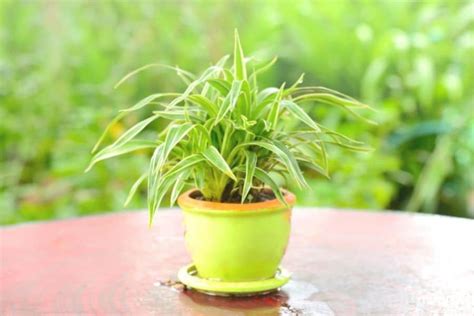Dehumidify Your Home: Time to Results
High humidity can be more than just uncomfortable; it can contribute to mold growth, respiratory problems, and damage to your belongings. Understanding how long it takes to dehumidify your home depends on several factors, and knowing these will help you manage your expectations and choose the right dehumidification strategy. This guide will explore the key elements impacting dehumidification time and provide practical tips for achieving a comfortable, dry home.
How Long Does it Take to Dehumidify a Home?
There's no single answer to this question. The time it takes to significantly lower humidity levels in your home can range from a few hours to several days, depending on several critical factors:
-
Size of the space: Larger homes naturally take longer to dehumidify than smaller ones. The volume of air needing to be processed directly impacts the time required.
-
Initial humidity level: The higher the starting humidity, the longer it will take to reach your desired level. A space already close to your target will dehumidify much faster than one with extremely high humidity.
-
Type and capacity of dehumidifier: A larger, more powerful dehumidifier will reduce humidity more quickly than a smaller, less powerful model. Consider the square footage of the area you're dehumidifying when choosing a dehumidifier. Some models offer features like continuous drainage, which can significantly speed up the process.
-
External factors: Outside humidity levels affect the rate of dehumidification. On very humid days, it will take longer for your dehumidifier to effectively lower indoor humidity. Poorly sealed windows and doors can also negate the effectiveness of your dehumidifier.
-
Air circulation: Good air circulation is crucial. Using fans to circulate the air will help the dehumidifier reach all areas of the room more efficiently.
What are the best ways to dehumidify a home?
Several methods exist for dehumidifying your home, each with its own speed and effectiveness:
-
Dehumidifiers: These appliances are the most common and often the most effective method. They actively remove moisture from the air. Choose a dehumidifier appropriate for the size of the space you need to dehumidify.
-
Air conditioners: Air conditioners remove moisture as a byproduct of cooling the air. While not as effective as a dedicated dehumidifier, they can help reduce humidity, especially in warmer climates.
-
Ventilation: Opening windows and doors to increase airflow can help, but this is only effective when the outside air is significantly drier than the inside air. This method is typically less effective and may not be suitable in all climates or seasons.
-
Moisture absorbers: These are small, usually granular, products that absorb moisture from the air. While they can be helpful in small, enclosed spaces, they're generally not as effective as dehumidifiers for larger areas.
How long does it take for a dehumidifier to work?
The time it takes for a dehumidifier to work effectively depends on the factors mentioned earlier. You might see a noticeable difference within a few hours, but achieving optimal humidity levels could take a day or more, especially in larger spaces with high initial humidity. Regularly check the humidity levels with a hygrometer to monitor progress.
How much does it cost to run a dehumidifier?
The running cost of a dehumidifier varies depending on its size, energy efficiency, and the length of time it's used. Energy-efficient models will generally cost less to run. Check the energy consumption details on the dehumidifier's specifications before purchase.
What humidity level is best for my home?
The ideal humidity level for your home is generally between 30% and 50%. Levels below 30% can be too dry, potentially causing dry skin and respiratory irritation. Levels above 50% increase the risk of mold and mildew growth. Using a hygrometer will allow you to monitor and maintain the optimal range.
Conclusion: Maintaining a Comfortable and Healthy Home
Achieving the desired humidity level in your home requires a strategic approach. Understanding the factors influencing dehumidification time—space size, initial humidity, dehumidifier capacity, and external conditions—is crucial for setting realistic expectations. By using the right tools and techniques, and regularly monitoring humidity levels, you can create a comfortable and healthy living environment free from the problems associated with excessive moisture. Remember to consult with a professional if you experience persistent humidity issues or suspect mold growth.

